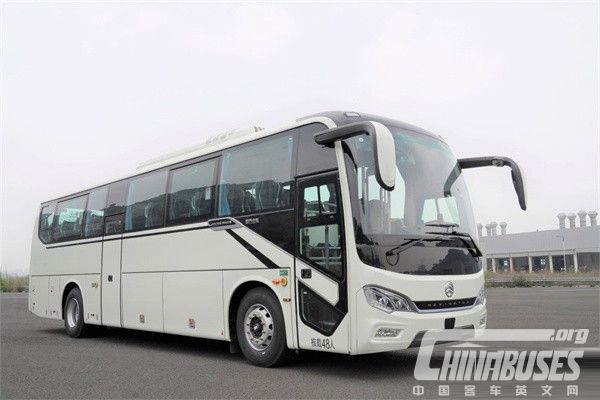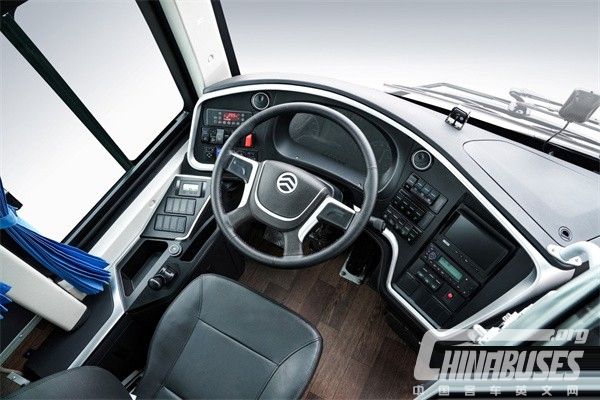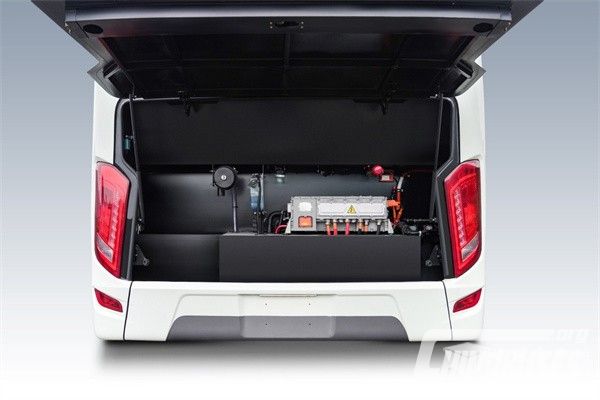As the tourist transportation market welcomes a recovery, various bus companies have begun to launch new tourist bus products successively. Behind these new products, they also reflect different companies' different thoughts on market and technological trends. For example, the tourist bus Triumph recently launched by Golden Dragon conveys a design philosophy that returns to the origin of buses.
The first impression of seeing the Triumph is that, as a newly created product platform, its appearance does not follow the most common "novel and unique" route. It looks "unremarkable" but feels harmonious without any sense of violation. Its style is mature and stable, and it can better integrate with the surrounding environment. The atmosphere, thickness, and dynamism pursued by the Triumph bus have always been what a tour bus should look like, which is more in line with most people's aesthetics. In fact, this is a common feature of many classic bus designs.
Zhang Gang, Deputy Director of the Golden Dragon Bus Technology Center, stated that although Triumph is positioned as a new generation platform, it did not emerge from nothing during the research and development process. Instead, it incorporates Golden Dragon's 30 years of experience in automobile manufacturing, with continuation and upgrading as important guiding principles. The design of the Triumph heavily borrows from the style and elements of Golden Dragon's high-end bus, Navigator, including headlights and front fascia, and many components are interchangeable. The reason for adopting this development strategy is simple. Firstly, the Navigator's design has already gained recognition, which will help the Triumph be more quickly accepted by the market. Secondly, using mature components can reduce a lot of development and verification work, allowing focus and investment to be concentrated on areas that meet customers' core needs.
In terms of design, the Triumph focuses on continuity with existing mature products, while focusing on upgrades in terms of function and performance. For example, in terms of luggage compartment volume, which is a concern for tourist passenger transport users, more space is obtained by equipping the latest battery box, and a continuous design is adopted with a maximum volume of up to 7m³. The luggage compartment door adopts a single-axis hinge design with a maximum opening angle of more than 135°, making it more convenient, safe, and fast to retrieve luggage, effectively improving passenger transport efficiency.
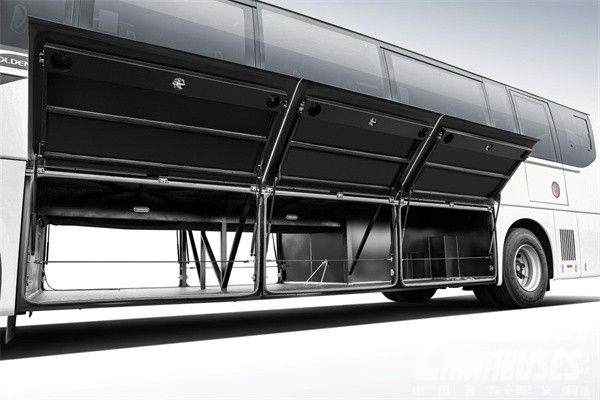
In addition, the Triumph has an important detail on the exterior, which is the first application of the CMF (Color, Material, Finishing) concept, originally used for interiors, to exterior design. The body's basic color scheme is defined in accordance with the design, and a black-based coating is uniformly applied to the surface of the luggage compartment and engine compartment, bringing a cleaner visual sense.
Based on the needs of passenger transport, tourism, and group markets, the Triumph adopts a 47+1 seat arrangement. Although there are few changes in the color and material of the seat surface, many lightweight and strength-enhancing designs are used internally. This not only meets the requirements of the new national standard but also better fits the body curve, providing better support and wrap for the body. Additionally, there is more legroom, significantly improving passenger comfort during long-distance travel.
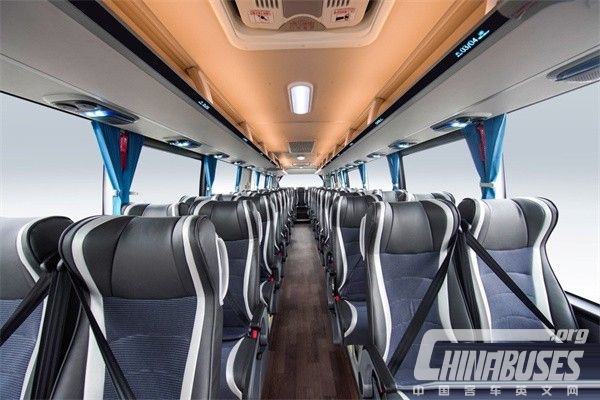
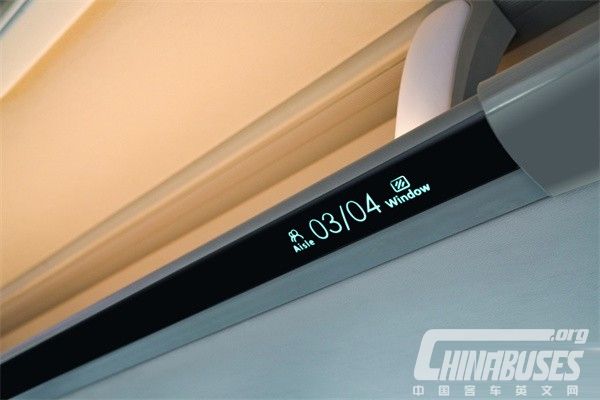
For an electric bus, one of the most important performance indicators that customers focus on is power consumption, as it directly affects the user's operating costs, as well as the vehicle's range and battery capacity. The Triumph's electric platform is derived from the electric tour bus technology platform that Golden Dragon exports to the Nordic market, and it has undergone secondary development based on domestic operating conditions using high standards and mature technology.
The Triumph uses a third-generation high-efficiency rare earth permanent magnet synchronous motor system with a maximum efficiency of 97%. The efficient operating range is extended to 85%, resulting in higher efficiency, longer lifespan, and a 6% reduction in energy consumption compared to the previous generation.
In terms of the battery system, the Triumph adopts the latest generation of high-energy-density batteries from CATL. Compared to the previous generation, this battery has a 6% increase in weight energy density and a 22% increase in volume energy density. Therefore, this battery has a smaller volume and weight for the same amount of electricity. Weight is also a key factor affecting power consumption.
Based on a brand new frame platform, the Triumph optimizes the frame structure through modularization, generalization, and lightweight design, achieving a weight reduction of approximately 1000kg for the entire vehicle, thereby reducing overall energy consumption by about 6%.
Source : www.chinabuses.org
Editor : Isabella
Views:13853
Tags:
Golden Dragon
Triumph
tourist bus
